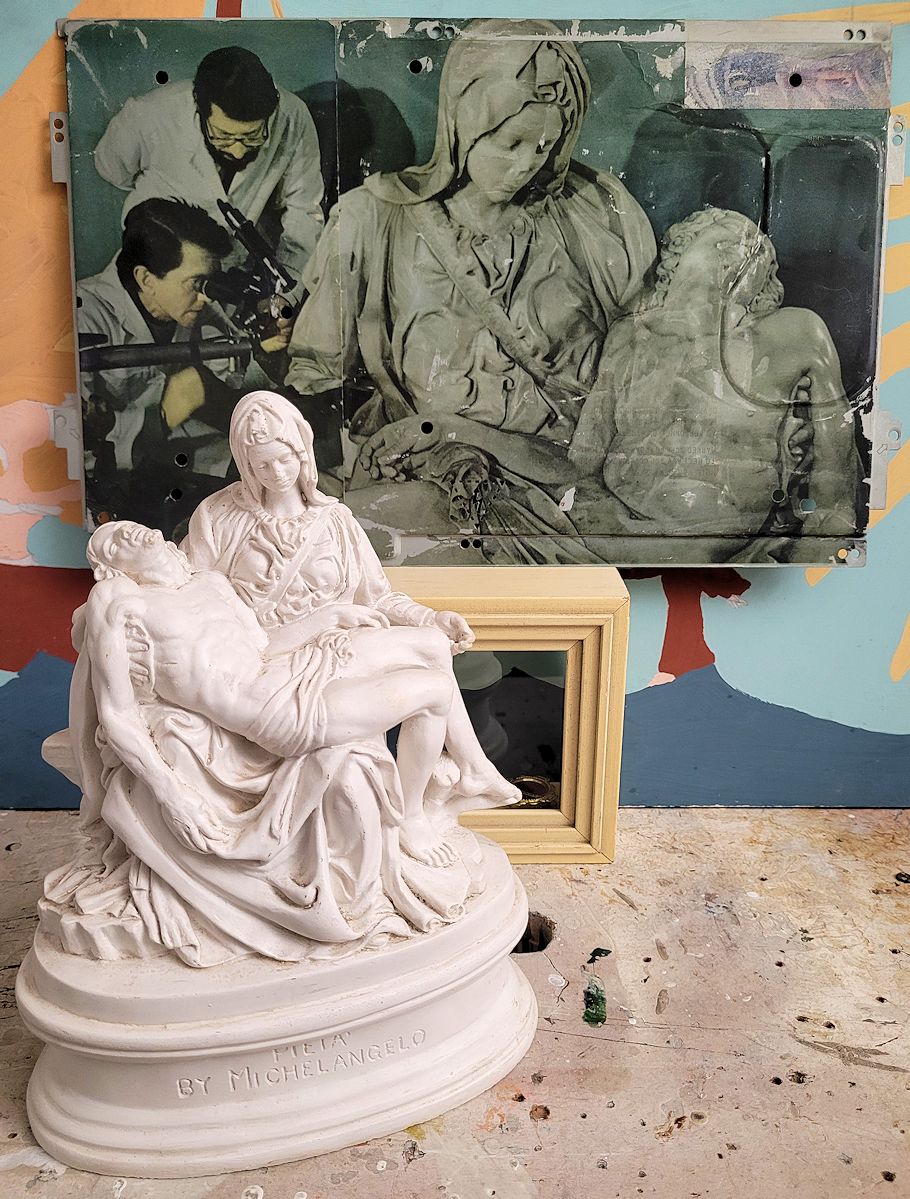
Mixed [up] Media [messaging]
2024.08.04
Art History
Marcel Duchamp has agreed to direct The Lucky Bums, a theatrical reenactment of Ford Madox Ford's The Good Soldier, starring Grace Princess of Monaco as Leonora Ashburnham, Rainier III Prince of Monaco as Edward Ashburnham, Flavia Maria Augusta as Florence Dowell, and Otto I King of Bavaria as John Dowell. The performance is scheduled for 4 August 2005 as part of Leaving Obscurity Behind, the 2005 Horace Trumbauer Architecture Fan Club Convention.
"It was exactly as if I had come out of a museum into a riotous fancy-dress ball."
[three sentences later...]
"I had, in fact, forgotten that there was such a thing as gossip that mattered. In that particular, Philadelphia was the most amazing place I have ever been in my life."
[76 pages before that...]
"The death of Mrs. Maidan occurred on the 4th of August 1904. And then nothing happened until the 4th of August 1913."
"To begin with, she was born on the 4th of August. Then on that date, in the year 1899, she set out with her uncle for the tour round the world in company with a young man called Jimmy."
"Then, on the 4th of August 1900, she yielded to an action that certainly coloured her whole life--as well as mine."
"On the 4th of August 1901, she married me, and set sail for Europe in a great gale of wind--the gale that affected her heart."
[and 62 pages before that...]
"Florence's aunts used to say that I must be the laziest man in Philadelphia."
...dense theatrics
theatrics times two...
Although most of the current discussion at architecthetics deals more or less with theorizing of how 'style' (might) come to be, generally how things/styles emerge, I nonetheless offer the following as an example of how (a) style ends, in this particular case the Baroque style.
The following is a passage I first read over 23 years ago. It comes from Timothy K. Kitao, Circle and Oval in the Square of St. Peter's: Bernini's Art of Planning (New York: New York University Press, 1974), pp.22-23.
"In the well know production of the Due Teatri, first given in 1637, Bernini developed a simulated amphitheater of a very elaborate kind. This is, of course, the best known of Bernini's theatrical works, but a recapitulation is in order.
According to Massimiliano Montecuculi, who witnessed the performance, the stage was prepared with "a flock of people partly real and partly feigned" so arranged that, when the curtain had fallen for the opening of the play, the audience saw on the stage another large audience who had come to see the comedy. Two braggarts, played by Bernini himself and his brother Luigi, then appeared on the stage, one facing the real audience and the other the fictitious; and recognizing each other in no time, they went on to claim, each in turn, that what the other saw as real was actually illusory, each firmly convinced that there was no more than one theater with its audience in that half he was facing. The confusions of realities in mirror image thus heightened, the two firmly decided "that they would pull the curtain across the scene and arrange a performance each for his own audience alone." Then the play was performed to the real audience, that is, the main act to which that preceded was only a pleasant prelude. But through the play another performance was supposed to be taking place simultaneously on the second stage introduced by Luigi; the play was, in fact, interrupted at times by the laughter from those on the other side, as if something very pleasant had been seen or heard.
At the end of the play, the two braggarts reappeared on the stage together to reaffirm the "reality" of the illusion. Having asked each other how they fared, the impresario of the fictitious performance answered nonchalantly that he had not really shown anything but the audience getting up to leave "with their carriages and horses accompanied by a great number of lights and torches." Then, drawing the curtain, he displayed the scene he had just said he had shown to his audience, thus rendering complete the incredible reversal of reality and illusion to the confused amazement of the real spectators, who were now finding themselves ready to leave and caught in the enchanting act of feigning the feigned spectators."
Here's my analysis:
Of course, the Baroque style continued beyond Bernini--I believe even the double porticos of St. Peter's Square were done after the above performance. All the same, Bernini's theatrical performance manifests the Baroque's consummate ending. Within his double theater Bernini capsulized the beginning of Western culture's new bifurcation of the real and the illusory, introduced mirroring as a henceforth dominant Baroque (stylistic) theme, and, at base (or should I say at the ultimate end), inverted reality into a reenactment of its own illusory mirror (--is this perhaps also the genesis of historiography?).
Essentially, beyond the Baroque (and still often in our own modern times) architecture at its best is very sophisticated theater, keeping in mind that theater is one of the earliest forms of (man made) reenactment.
2013.08.04
renderings style

the you-just-don't-get-it rendering style
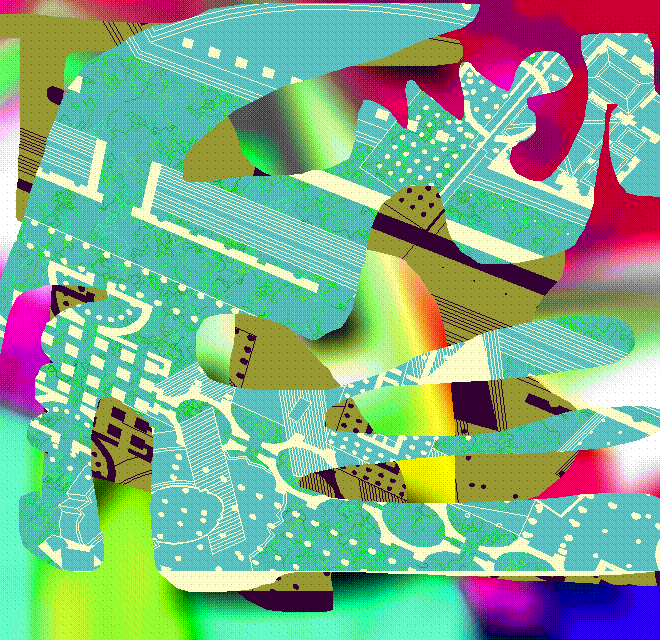
the beyond-your-imagination rendering style
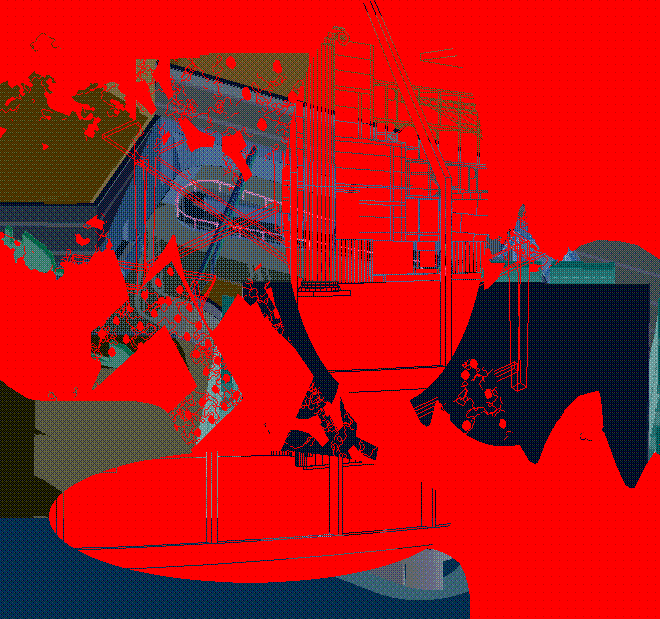
the shopping-center-for 2079 rendering style
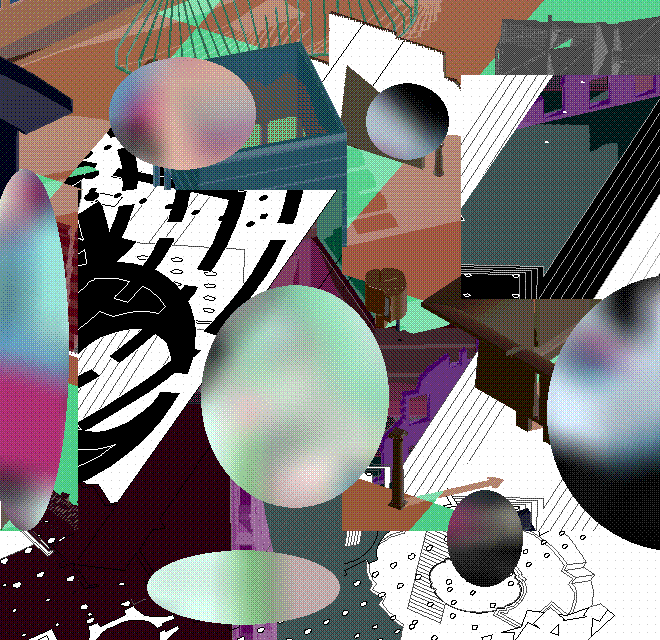
the meta-unrealistic rendering style
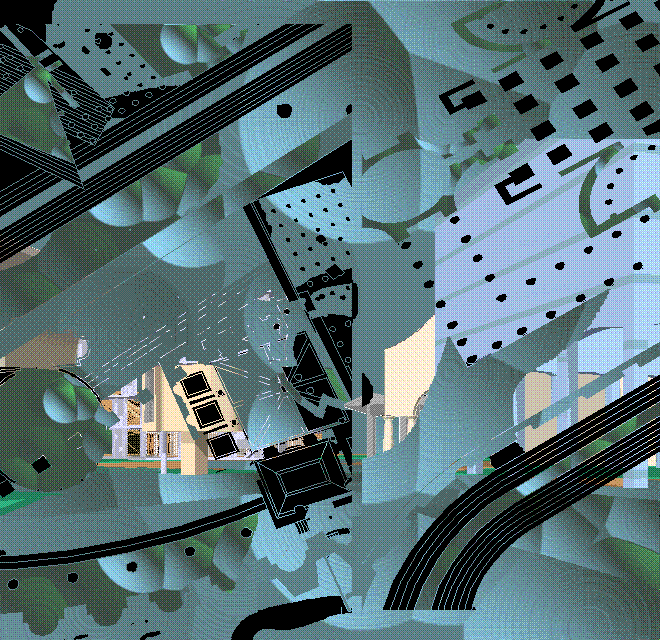
the I-wear-my-sunglasses-at-night rendering style
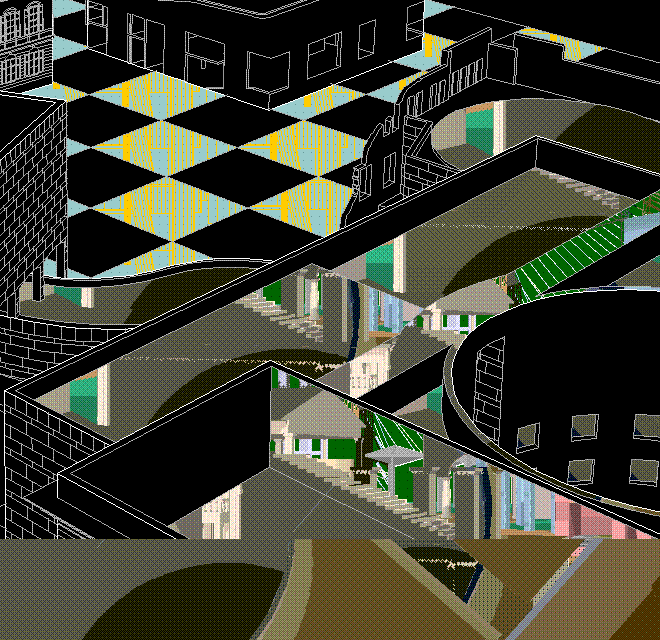
the 5D rendering style
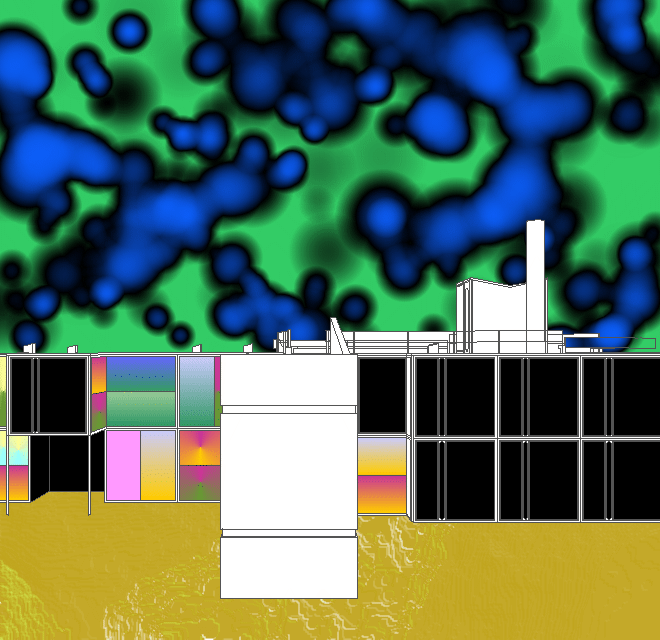
the lost-in-place rendering style
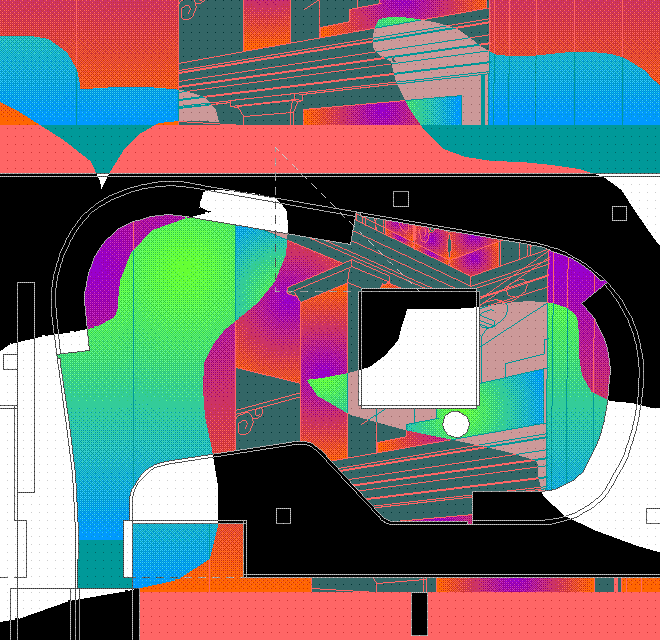
the eye-of-a-fly rendering style
2005.08.04
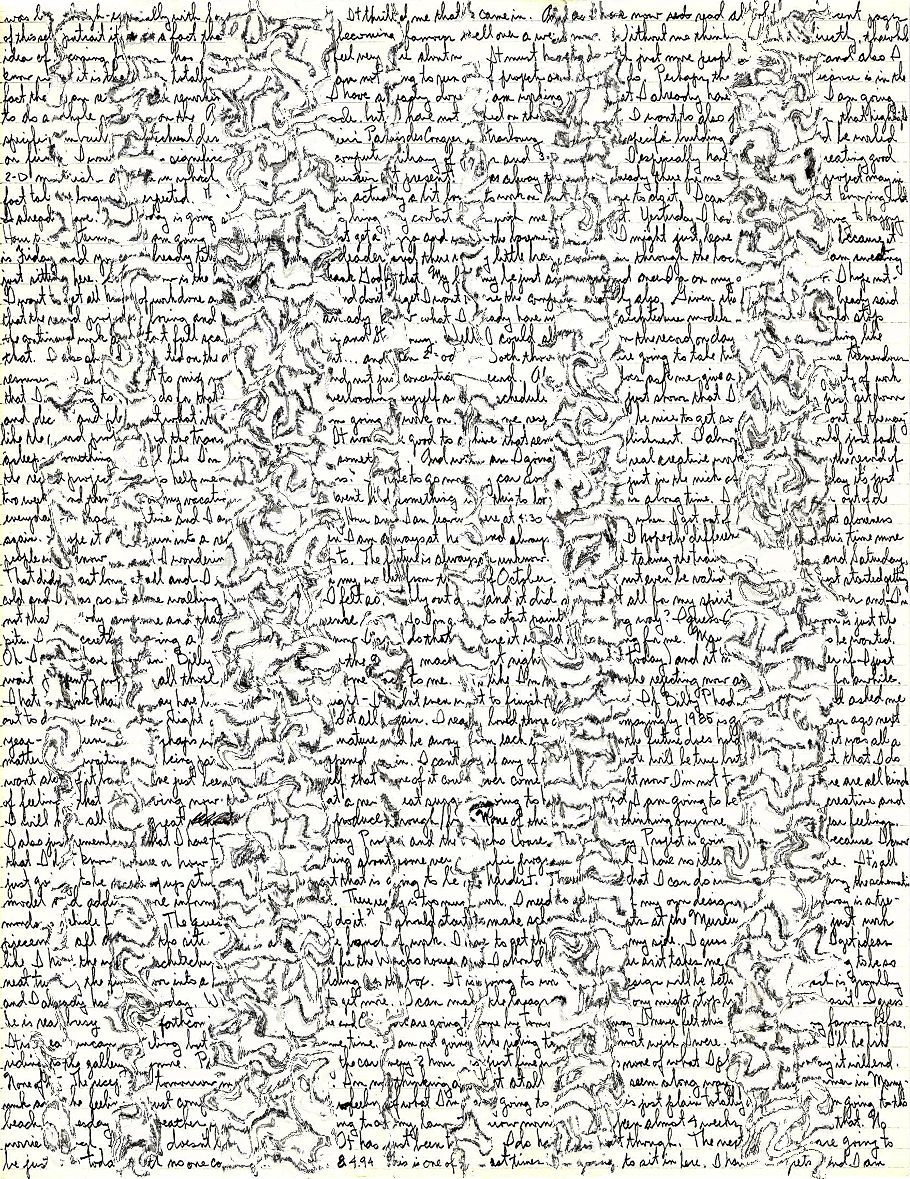
last page of the
gallery self portrait
1994.08.04
|